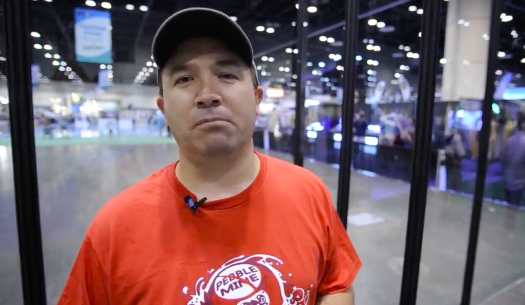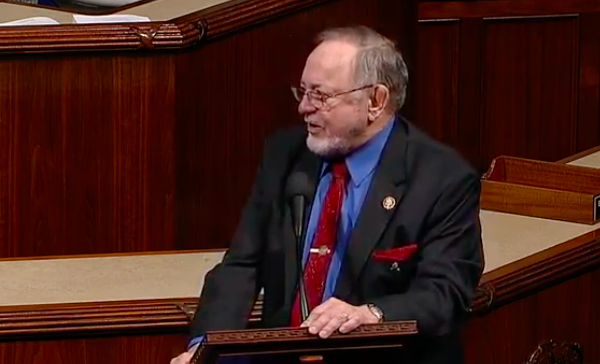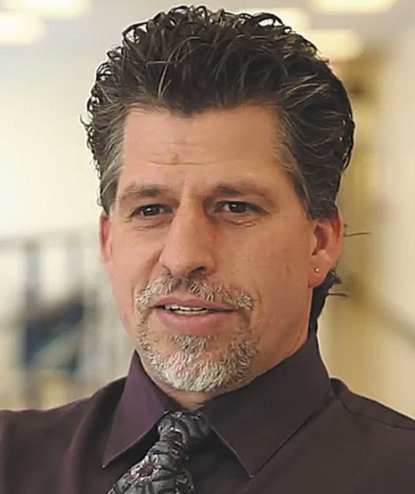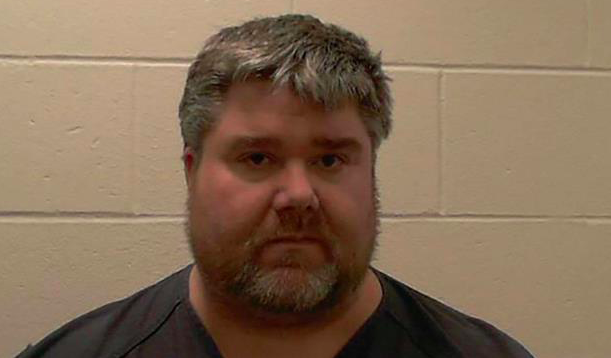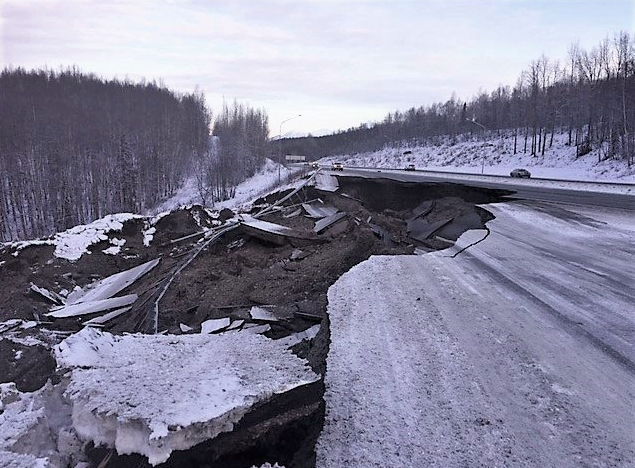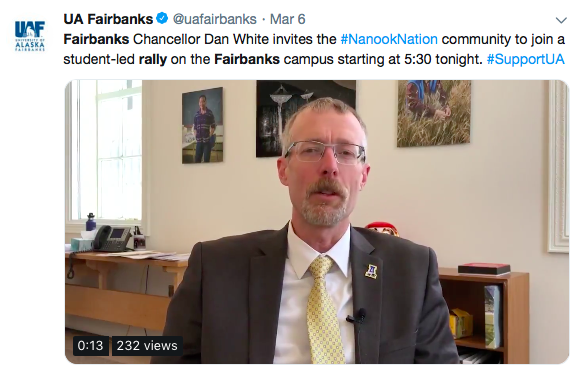SPONSORING BILLS WITH DEMOCRATIC WOMEN PRESIDENTIAL HOPEFULS
Alaska Sen. Dan Sullivan, a Republican, and Minnesota Sen. Amy Klobuchar, a Democrat, introduced the Child Care Workforce and Facilities Act last week to address the national shortage of affordable, quality child care, especially in rural communities.
Klobuchar, an independent-label Democrat, is running for president.
The polling company fivethirtyeight.com sees her as a strong candidate for the Democrats. Of course, that was before Sen. Bernie Sanders jumped in the primary, and before Joe Biden — who is expected to announce in April.
Republican Sen. Lisa Murkowski and California Democrat Sen. Kamala Harris last week introduced a workplace anti-harassment bill.
Harris is running for president.

[Read: Murkowski teams up with Harris on workplace harassment]
Not to be left out, Alaska Rep. Don Young and Hawaii Rep. Tulsi Gabbard co-introduced two marijuana legalization bills in a bipartisan effort to get the federal government out of the marijuana control business. Alaska has legalized cannabis and Hawaii has legalized medical-use marijuana. This is legislation that Gabbard has introduced previously.
Gabbard is running for president.
DAY CARE, POT, HARASSMENT
The Sullivan-Klobuchar Child Care Workforce Bill is to help to address the shortage of affordable child care and qualified child care professionals in rural areas through competitive grants to states to support the education, training, or retention of the child care workforce, and building, renovating, or expanding child care facilities in areas with child care shortages.

The bill would also help child care workers work toward portable, stackable credentials that would allow them more mobility and opportunities for advancement.
The Ending Federal Marijuana Prohibition Act proposes to take marijuana off of the federal controlled substances list, and give states full authority to regulate the plant substances as they choose. The Marijuana Data Collection Act would begin the study of how marijuana legalization has impacted the states that have already legalized it.
“I am a passionate supporter of a states’ rights approach to cannabis policy. For too long, the federal government has stood in the way of states that have acted to set their own marijuana policy, and it is long past time Congress modernized these outdated laws,” said Young, who last week became the longest-serving Republican in both the House and Senate. He is the founder of the Congressional Cannabis Caucus, with Republican Dana Rohrabacher and and Democrats Earl Blumenauer and Jared Polis.
As for the Harris-Murkowski bill with the tortured name of Ending the Monopoly of Power Over Workplace harassment through Education and Reporting Act (EMPOWER Act), the California senator introduced an identical bill last year. Then, in December one of Harris’ longtime aides resigned after a newspaper report revealed he had settled a 2016 harassment lawsuit for $400,000.
That lawsuit had been filed by the former executive assistant for Larry Wallace when he worked for California Department of Justice under then-Attorney General Kamala Harris. There’s no indication she knew about the issue and Harris has been a vocal supporter of the #metoo movement.
“No matter who you are or where you work, harassment in the workplace is not acceptable,” said Murkowski. “We have a choice to make; either sit on the sidelines and hope for change, or roll up our sleeves to make the change. We must work to identify where harassment is its most pervasive; where it has been allowed to foster in a culture of silence, disrespect, intimidation, and abuse. And we must empower victims to speak out about the harassment they face. I am proud to be a part of this legislation which both prohibits efforts to silence victims and shines the light on harassment in the workplace. The change needed may not happen overnight, but with this legislation we can move to eliminate harassment in the workplace.”
Why are all members of Alaska’s congressional delegation reaching across the aisle to cosponsor legislation? It may be just coincidence, but sponsoring legislation with presidential candidates raises the profile of the cosponsor, and may inoculate Alaska in the event that any one of the three women actually do succeed as candidates and knock President Trump out of office.
